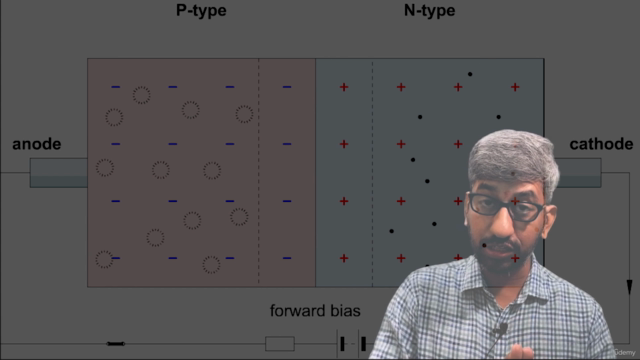Undergraduate course on semiconductor device physics-I
Energy band theory of semiconductors-Transport phenomenon in electronic devices- junction diode & optoelectronic devices
4.37 (78 reviews)

1,318
students
18 hours
content
Oct 2021
last update
$69.99
regular price
What you will learn
Fundamentals of semiconductor device physics
Screenshots




Related Topics
4092888
udemy ID
6/1/2021
course created date
6/11/2021
course indexed date
Angelcrc Seven
course submited by